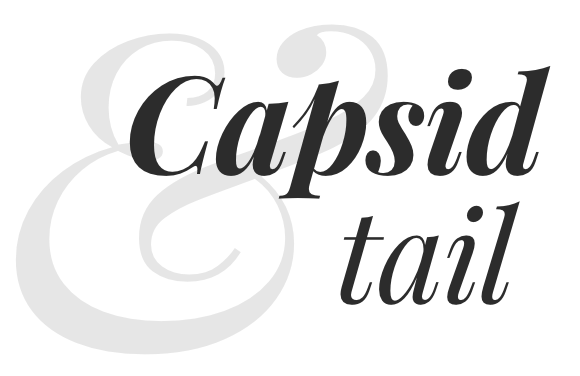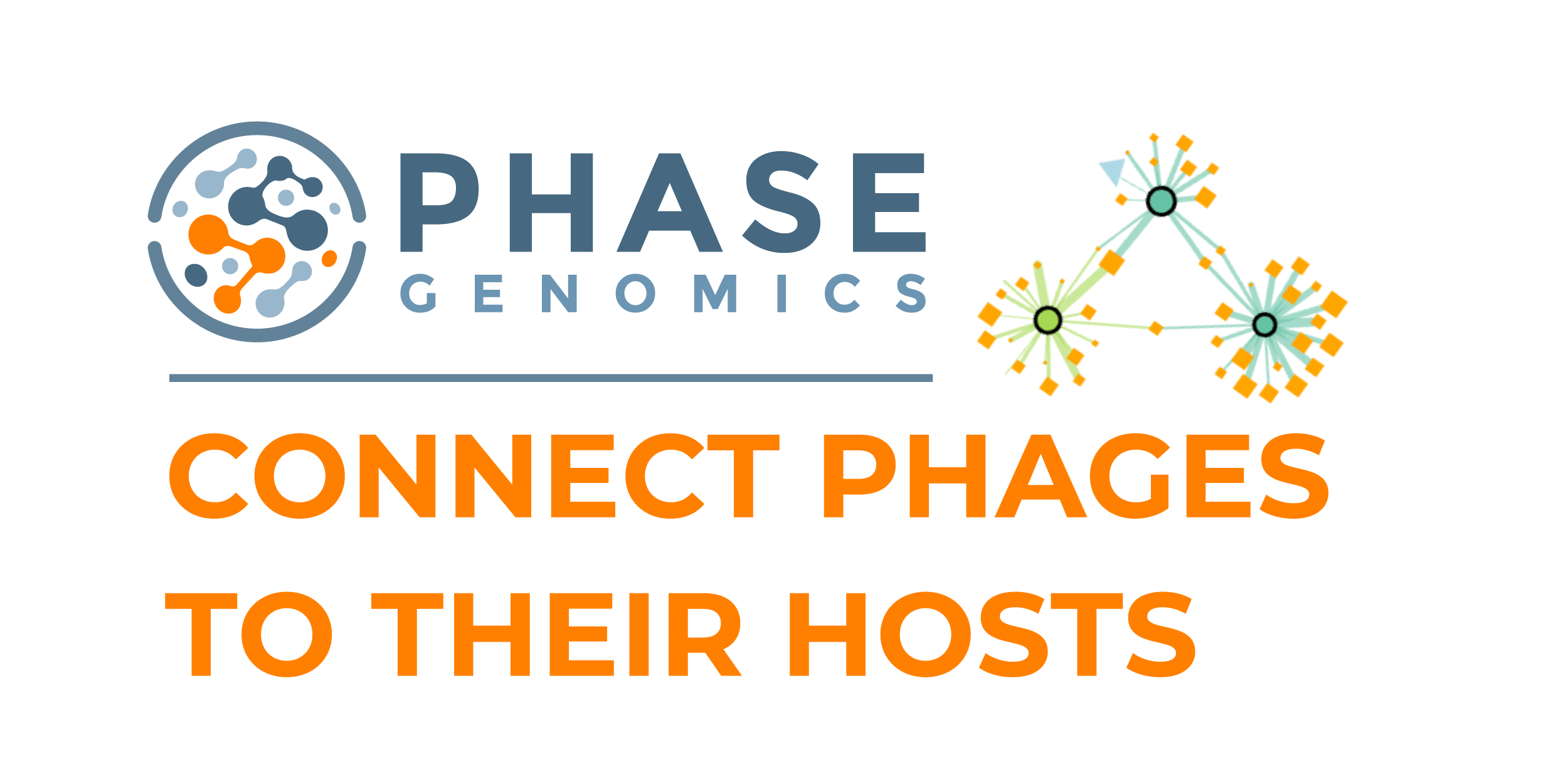The other day, I spent three hours highlighting a printed-out Nature paper. Digesting it in full — or so I thought. The next day, when my labmate asked me about it, I stumbled through giving her a summary. How is this possible? If spending 3 hours on a paper isn’t enough to understand it, how can I ever hope to get through my reading list, stay up to date on my field, and be successful as a scientist in general?
I went hunting on the internet for better approaches. In this day and age, we should have better ways of digesting papers. Obviously we can now use things like ChatGPT to chat with papers, but I figured there might be more research-centric tools, or even just tips and tricks on HOW other researchers use those tools.
Searching through reddit threads, I stumbled across this 3-pass system by S. Keshav from University of Waterloo. Not some new AI tool, but a 2007 paper from a computer science professor on how he teaches his students how to read papers. I started reading, and really liked it! It was easy to read and understand (I did not even need to spend 3 hours highlighting it), yet had a strict framework about figuring out whether to read a paper, and to what degree, and then tips on how to do it efficiently.
The framework is simple — it involves three passes through a paper, and decisions at each stage whether to move forward to the next or not. I particularly liked this part — how it normalized deciding NOT to read papers sometimes too.
The system made sense, but I had questions: What’s the modern version with all our new AI tools? What works for biology, where you can’t just “virtually reimplement” experiments, as Keshav mentions (recall: he is a computer scientist, not a biologist like most of us here)? How do we optimize for different research contexts?
I decided to write a post about it on LinkedIn (I did a twitter version too), curious if other researchers were following this method or had thoughts on it.
The response was overwhelming — the LinkedIn post especially went quite viral (as of today there are 490,000 impressions on my post — insane!), with tons of researchers chiming in with their own frameworks, tools, and strategies.
Apparently we are all struggling with this, and yet it seems so many of us have developed our own hacks, workarounds, and frameworks! Most of the posts were people being excited to share their own systems — I loved it!
Keshav’s 3-pass system for reading papers
First, here’s the original reference: Keshav, S. (2007). How to read a paper. SIGCOMM Computer Communication Review, 37(3), 83–84. https://dl.acm.org/doi/10.1145/1273445.1273458 (I also found it free online here!): https://web.stanford.edu/class/ee384m/Handouts/HowtoReadPaper.pdf
Here’s the reddit thread where I found it!
And here’s a summary of Keshav’s system:
Pass 1: The 10-Minute Filter (Title, abstract, intro, conclusions only)
Ask yourself: Do I even care about this paper? Most of the time, the answer is no. Move on.
Pass 2: The 1-Hour Comprehension Check
Read with the goal of explaining it to a friend afterward. Look at figures first—sloppy mistakes, missing error bars, or unlabeled axes might signal it’s time to find a paper where they actually sweated the details.
Pass 3: The Deep Dive (4-5 hours for beginners, 1 hour for experts)
Only for papers you absolutely need to understand. Go through every assumption and statement. Try to imagine recreating the work yourself. What would you do differently?
Frameworks from the field: what researchers actually do
After I posted my summary of Keshav’s paper last week, along with a few thoughts and takeaways, it started getting hundreds of comments. There have since been almost half a million impressions on the post — for a 2007 paper and some comments on it! Wild times. (FYI my twitter thread on the same thing fared much less well, but still got over 13,000 views, which is a lot for me!)
I thought it was cool that most comments on the LinkedIn post were from people explaining how THEY read papers, and sharing resources and tips — this turned into such a goldmine!
So for this piece, I wanted to pull out and share some of what I found in the comments, including resources, hot takes, trends, and links. But please head to the full post (and add your own two cents!) for the full experience.
Practical tips and frameworks
-
Susan Lehman (Phage Biologist):
“I’m usually reading a paper for something I can’t get from the abstract. […] HOW the authors asked a question is always at least as important as what they took from the answer.”
-
Rajarshi Ghoshal (ML Science & Engineering):
“I merge Pass 2 and 3. Read a section, take a break, summarize each in 1–2 lines. If it’s too hard, I beg someone who knows the field to explain.”
-
Aaron S. (Entrepreneur):
“Conflicts of interest, funding sources. These tell you in what light to read the paper. Conclusions… methodology… Then cited works.”
-
Sean Coffey (Retired R&D Engineer):
“My advisor also suggested summarizing the relevent details on an index card. He’s had a shoe box full of index cards! I believe the act of writing locks in the details better.”
-
Dr. Daniela Palacios López (Thesis Coach):
“Before going deep into any literature review, you need to have your research question (ONLY ONE), as defined as possible, as well as your methods/methodology, goals and objectives… Ask if the paper addresses the same problem, uses or helps build your methodology, same target group, etc.”(Here’s her Instagram reel on skimming papers)
-
Jubilee Prasad Rao, PhD:
“Read section and subsection headings, the first and last sentences of each paragraph, and understand the images.”
-
John Melville, PhD:
Outlined a 5-step deep dive: assumptions → intro/results → methods → synthesis (do the results really support the conclusions?) → integration with the field (ask where it lands in importance FOR YOU — “Is it a brick in a wall, or is it a keystone arch?”)
Philosophical & meta-comments
I particularly loved the comments that normalized the struggle I was describing in my original post:
-
Arazi Pinhas, PhD (Physicist):
“Modern research is dense and relentless. Spending hours and still feeling lost is normal.”
-
Robert Evans (Synthetic Biologist):
“I look for contradictions to what I already know. Then assess: is it me or them who’s wrong?”
-
Henry Ward (Software Engineer):
“If a successful scientist feels stupid reading a paper, maybe the authors need to reconsider their writing style.”
AI & tool-based workflows
A bunch of interesting responses came from researchers experimenting with AI tools (of course!), and sometimes combining them with pre-AI frameworks, which I think is a super interesting area.
-
Kayleigh Bohémier (Yale Librarian):
Recommends *Ten Simple Rules for Writing a Literature Review* (I love this series of articles: there are a bunch of Ten Simple Rules papers for everything from doing a postdoc to writing papers to getting grants!).
-
Mark Nelson (Stanford Peace Innovation Lab):
Shared FieldShift, a tool for translating papers across domains to help wrap your head around a paper’s main overarching structure (in terms you’re used to based on your own field, kind of how an analogy/metaphor works), to prime you to understand it better before you dive in. (This I found super cool - you can for example convert an abstract on machine learning into one written as if it were a microbiology paper… or an economics paper. Hard to explain - you need to try!)
-
Aditya Gupta (ML Student):
Uses NotebookLM and Gemini 2.5 Pro to:
-
Summarize core contributions
-
Compare papers
-
Generate study guides and roadmaps
Also recommends the Google Scholar Chrome plugin.
-
Matthias Bohlen (Trainer):
Uses NotebookLM’s podcast version to hear papers aloud:
“It’s like a conversation between two voices. Really helpful for early passes.”
-
Lena Blumenthal (CAS/ACS):
Uses CAS SciFinder indexing to determine if a paper’s worth reading:
“The concepts are selected by scientists, not algorithms.”
-
Samer Attrah:
Recommends Andrew Ng’s Stanford lecture on reading research papers
-
Andrew Kightley:
Shared a toolkit for plain language summaries of clinical trials
Cognitive tricks and note systems
-
Thomas Meyer, PhD:
Uses the Zettelkasten system to organize insights into notes, and extend them with sentence prompts like: “This reminds me of…”, “It’s similar because…”, “It’s different because…”, “It’s important because…”
-
Dan R. (Founder, Responsive Humanity):
Extracts the principle, application, and execution in a bullet structure.
Example for a paper about a randomized trial on medical student studying effectiveness:
PRINCIPLE: Spaced repetition beats cramming
APPLICATION: Med students learn anatomy better
EXECUTION: Randomized trial, tested 2w and 3mo later
Choosing what NOT to read is just as important
-
Mickael Pruvost (PhD):
“Tip to reduce the “to read” list : If in a paper, there are figures where title, legend, or scale is missing, just blacklist the journal. It means proofreading was missing in the publishing process, and was probably wrote to have a better “author index”.”
-
Charles Wheelus, PhD:
“Only read beyond the abstract if it seems worth it. Also note publication date and citation count.”
Once a paper gets the green light, some go DEEP
-
Brian Greenforest (Engineer):
“Use paper and pen to map the structure of the original research. Use role modeling and university affiliations. Possible grant funders, try to reproduce the path the scientists have taken to conduct the research. Too much opinionation on your side here, indeed, but it really helps to viscerally sense how they got there. You’re re-creating their story. Remember, the paper is a report, you must get to the story first.”
My takeaway
Reading papers doesn’t have to be so painful. And none of us are alone in feeling like it’s impossible. There are probably as many ‘frameworks’ for reading papers as there are people reading them…. and I think what matters is having a system that works for you and your brain (and your field).
With so many new AI tools coming out, it’s exciting to me to dig up all the best frameworks that have been written about, and see how we can combine them with the AI tools coming out each day. It is going to be so interesting to watch how our workflows evolve, and whether that leads to researchers feeling more or less overwhelmed. Will it actually give us superpowers? Or will it feed the insecurity that comes from information overload? Will it make our papers more readable, as everyone uses AI tools to ideate and synthesize and write? Will no one read papers anymore if they can just chat with them? How will this influence citation counts — what gets cited, what people are aware of? Will a new form of writing emerge that makes a paper more likely to be something the AI tools like, and are likely to surface to people searching?
So many questions! Ultimately for me in the short term, I especially love the ‘old school’ methods combining with the ‘new school’ tools. I think there’s a ton of great stuff buried in the historical literature, and I want to keep surfacing it and seeing how it can complement our new AI tools.
Also, I mainly just want to stop feeling exhausted and dismayed when I think about how many papers there are to read, and how little time there is… I have hope!
How do you read papers? How many do you actually get through in a week? Feel free to add to the conversation on LinkedIn, where this discussion is still going! I’m trying to respond to everyone! (If Twitter/X is more your vibe, here’s my thread)







